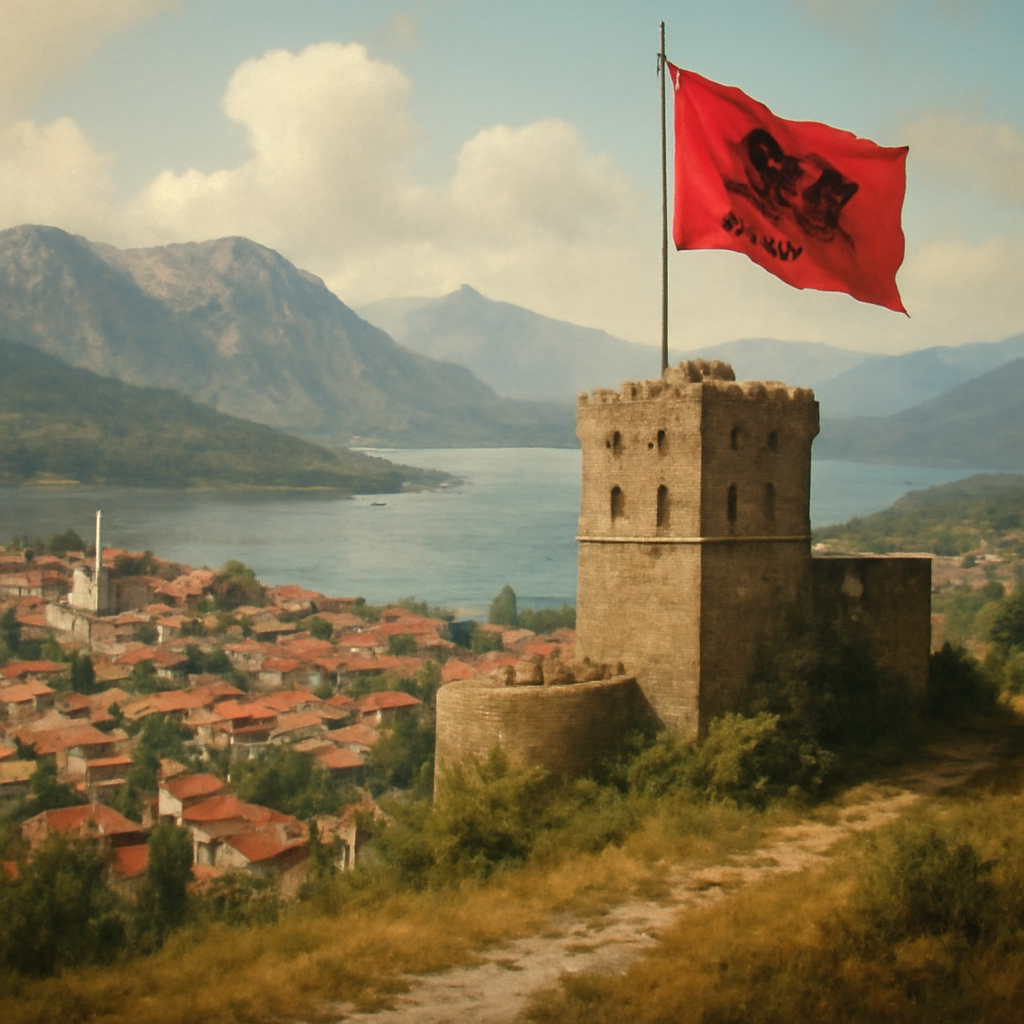Key Takeaways
- Albania are a country in Southeastern Europe with a rich cultural history and diverse landscapes.
- Albino refers to a condition characterized by a lack of pigmentation in skin, hair, and eyes, often due to genetic factors.
- The term “Albania” relates to a nation, while “Albino” describes a physical trait affecting individuals worldwide.
- Legal, social, and health considerations differ significantly between the country Albania and the condition Albino.
- Understanding the distinctions helps avoid confusion and promotes respectful dialogue about both topics.
What is Albania?

Albania is a country situated on the Balkan Peninsula, bordered by Montenegro, Kosovo, North Macedonia, and Greece. It is known for its stunning coastlines along the Adriatic and Ionian seas, and its vibrant history.
Geography and Landscape
Albania features rugged mountains, lush valleys, and sandy beaches. Its diverse terrain makes it a popular destination for outdoor activities and tourism.
Culture and Heritage
The nation boasts a mix of ancient traditions and modern influences, with unique music, dance, and cuisine. Although incomplete. Religious diversity also shapes its cultural landscape.
Political and Economic Context
As a parliamentary republic, Albania has undergone reforms to join the European Union. Its economy relies on tourism, agriculture, and emerging industries.
Language and Population
Albanian is the official language spoken by the majority of its population. The country hosts a mix of ethnic Albanians and minority groups.
Tourist Attractions
Visitors flock to sites like Berat, Gjirokastër, and the Albanian Riviera. Historical castles and archaeological sites add to its appeal.
What is Albino?

Albino describes a condition where individuals lack melanin, resulting in very light skin, hair, and eye color. It is caused by genetic mutations affecting pigmentation.
Causes and Genetics
Albino results from inheriting mutations in genes responsible for melanin production. It can be inherited in an autosomal recessive pattern.
Physical Characteristics
People with albinism typically have very pale skin, white or light-colored hair, and light blue or pinkish eyes. Sensitivity to sunlight is common.
Health and Vision Issues
Albinos often face vision problems like nystagmus and reduced visual acuity. Protective measures against UV rays are essential for their skin health.
Social and Cultural Perspectives
Individuals with albinism may experience social stigma or discrimination in certain societies. Awareness campaigns aim to promote acceptance.
Global Distribution
Albinism occurs worldwide but is more prevalent in regions with higher genetic diversity. It does not correlate with any specific ethnicity or location.
Comparison Table
Below is a comparative overview highlighting differences between Albania as a nation and the condition Albino.
| Parameter of Comparison | Albania | Albino |
|---|---|---|
| Type | Country | Genetic condition |
| Location | Southeastern Europe | Worldwide occurrence |
| Language | Albanian | No language associated |
| Population | Approximately 2.8 million | Varies; estimated in millions globally |
| Legal Status | Recognized sovereign nation | Medical diagnosis, not a legal entity |
| Physical Traits | Normal pigmentation varies | Very pale skin, light hair, light eyes |
| Economic Role | Tourism, agriculture, industry | No economic role, individual trait |
| Health Concerns | Economic development, healthcare system | Vision problems, skin sensitivity |
| Societal Perception | National identity, cultural pride | Stigma varies, social awareness efforts |
| Environmental Impact | Climate and geography shape lifestyle | Genetic trait unaffected by environment |
Key Differences
Here are some clear distinctions between Albania and Albino:
- Nature — Albania is a sovereign country, whereas Albino is a genetic trait affecting individuals worldwide.
- Scope — Albania encompasses a population, geography, and government; Albino refers to a physical characteristic.
- Location — Albania is situated specifically in Europe, while Albino occurs across all continents.
- Impact — Albania influences political and economic spheres; Albino impacts health and social experiences of individuals.
- Terminology — “Albania” relates to a nation’s identity; “Albino” describes a biological condition.
- Legal Recognition — Albania have a recognized sovereignty; Albino is recognized as a medical condition, not a legal entity.
- Cultural Significance — Albanian culture shapes societal values; Albino individuals may face societal biases or acceptance.
FAQs
Are there any famous people with albinism?
Yes, several individuals with albinism have gained recognition in sports, arts, and activism, challenging stereotypes and raising awareness about the condition.
Does Albania have policies to support people with genetic conditions?
Albania has health initiatives focusing on general healthcare; specific policies for genetic conditions like albinism are still developing, aiming to improve awareness and support.
Can people with albinism live in sunny climates safely?
With proper sun protection, including clothing and sunscreen, individuals with albinism can live comfortably in sunny environments, though they need extra precautions.
Are there cultural myths about albinism in different societies?
Yes, some cultures hold myths which can lead to discrimination or superstition, making education and awareness critical for promoting acceptance and understanding.